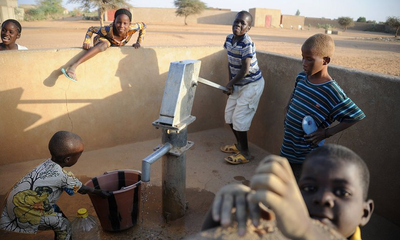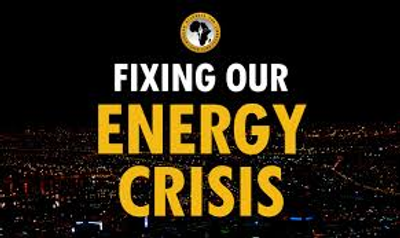
How do you solve a problem like a broken water pump? – Over the past few decades, the humble handpump has become the go-to option for rural water supply in developing countries. They’re used to extract groundwater which is mostly clean, easy and cheap to access, and available year-round. Handpumps are usually a better option than open wells – which are highly vulnerable to contamination – and piped schemes or motorised pumps, which require the skills, finances, and management that’s often lacking in remote, rural areas.
However, though around 60,000 handpumps (pdf) are installed across sub-Saharan Africa every year, typically 30 to 40% of those in the region do not work at any one time, according to estimates made by the Rural Water Supply Network.
More often than not, broken handpumps are abandoned and fall into disuse. The World Bank has estimated that over the last 20 years this represents a loss of investment of more than $1.2bn (pdf).
Water points can fail for a number of reasons. First, most handpumps are manufactured in India where quality controls are not always enforced and poor-grade recycled metal is used, meaning parts break more easily.
Second, and most commonly, handpumps stop working because the borehole it extracts groundwater through was drilled in the wrong place or in the wrong way.
Not enough data about the land or geology contributes to this problem. “When you drill a borehole in the UK, there are incredibly detailed maps and borehole logs [registered with the British Geological Survey (BGS)] to help you decide where to drill,” says Sean Furey, a water and sanitation specialist at Skat Consulting. “Even in countries where a similar organisation exists, that sort of data isn’t available because NGOs, the private sector or even governments who commission boreholes aren’t aware that they need to submit their drilling logs.”
Lastly, a shortage of skilled drillers and site supervisors exacerbates the problem of poorly drilled or sited boreholes. “If you don’t have a supervisor on site all the time, checking that the driller’s doing the right job, that’s when things can go wrong,” says Furey. “The driller might not be paying attention, or maybe the rig was set up in the wrong way so instead of going straight down, the drill goes off at an angle.”
Globally, 663 million people still lack access to an improved water source – one that protects from external contamination – according to data released by the WHO/Unicef Joint Monitoring Programme last year. Eight in 10 of those people live in rural areas and almost half – 319 million people – live in sub-Saharan Africa.
To date, evidence of water point failure has been purely anecdotal. This is where the Hidden Crisis project – part of the UPGro (Unlocking the Potential of Groundwater for the Poor) research programme – comes in. “The quality of data we have as a sector is very bad,” says Vincent Casey, a senior water and sanitation adviser at WaterAid. “We can see that there are issues with handpump failure but we can’t see much about the service levels: will they be fixed, how long was the downtime, how many times did the handpump break in a year?” Read more: http://www.theguardian.com/

